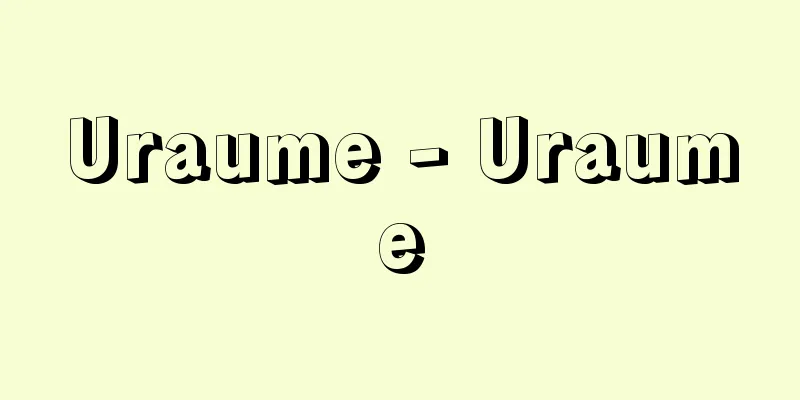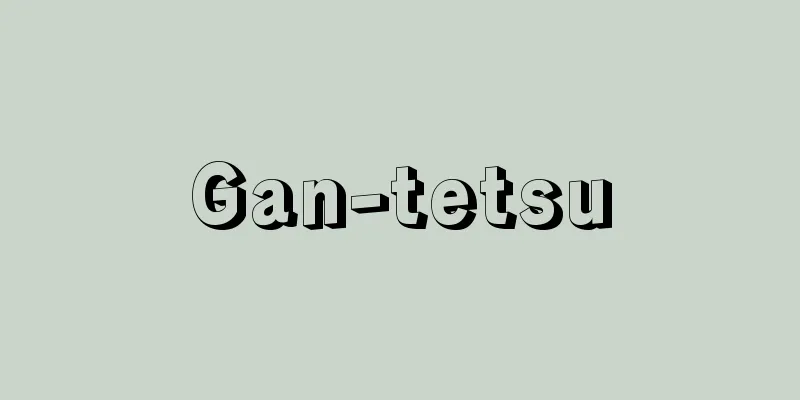Theory of regulations - jorei riron (English spelling) teoria della statuta [Italy]
![Theory of regulations - jorei riron (English spelling) teoria della statuta [Italy]](/upload/images/67cbe143aea71.webp)
|
The word "ordinance" originally meant the "statuta," or city ordinances enacted by autonomous cities in northern Italy in the Middle Ages based on their own legislative power. Ordinance theory studies the issues surrounding the application of these city ordinances, and its main themes can be broadly divided into two. The first is the vertical relationship, so to speak, between the power of the Roman Emperor, who had universal legislative power throughout Europe, and the power of cities, which were recognized as having autonomous powers, including legislative power, and discusses whether imperial law or city law should be applied first. Source: Heibonsha World Encyclopedia, 2nd Edition Information |
|
条例とはもともと,中世イタリア北部の自治都市が独自の立法権に基づいて制定した都市条例statutaのことを意味していた。この都市条例の適用をめぐる諸問題を研究したのが条例理論であり,その主たる課題は二つに大別できる。一つは,ヨーロッパに普遍的な立法権をもっていたローマ皇帝の権力と,立法権を含む自治権を認められていた都市の権力との対抗関係の中で,皇帝法と都市法そのいずれを優先適用すべきかを論ずる,いわばタテの関係である。
出典 株式会社平凡社世界大百科事典 第2版について 情報 |
Recommend
History of the English Nation - English Nation History
… The elegant English idiom used in his famous sp...
Ajita Kesakambalin
One of the Indian free thinkers active during the ...
Antarctica
…The larvae are food for stream fish and play an ...
Numancia
…the battle between the Romans and the Celtic Ibe...
Mount Tenmoku
[1][一] The name of a mountain in China. It is the ...
Throat - Inko
〘 noun 〙① The pharynx and larynx. Throat. [Nippo J...
Vanadic acid (English spelling)
…Vanadium oxide (V) V 2 O 5 is poorly soluble in ...
Masato Ara
Critic. Born in Kashima Town, Fukushima Prefectur...
Kainayama
This mountain is located in Nishiiyayama Village,...
Emperor Kanmu
Year of death: 17th March 1941 (9th April 806) Yea...
Ophisaurus apodus (English spelling) Ophisaurusapodus
…The other 11 species are found in southeastern E...
Gaddafi
Libyan soldier and politician. Born to a nomad fam...
floral leaf
...Furthermore, bracts or bracteoles, which are m...
Relaxation joint - Kanwaseuri
...Also, joints that form when the load on a rock...
Atypical Psychosis
Among functional (endogenous) psychoses, the boun...









